St Joseph Church in Cincinnati (Where Clemens August and Anna Mass attended.
August Mass and his wife Anna attended the St Joseph Catholic Church in Cincinnati. They were German Catholic. They are buried in the St Joseph Cemetery (new cemetery) section 15.
Clemens August and Anna (Spiekerman) Mass main page
The History of St. Joseph Catholic Church
St. Joseph Catholic Church is a story of resiliency in the face of transformative change, stability in maintaining and drawing in individuals of diverse demographics, and an uncanny creativity in assimilating new methods of worship to mirror the culture of the community it serves. Its complex includes a church, school, convent, and rectory in a side-by-side arrangement.
In 1834, the Most Reverend John D. Purcell shaped a German speaking parish—Holy Trinity—the first parish for German-speaking immigrants in the United States, from which later emerged three new parishes in Cincinnati’s downtown: St. Mary’s Church (1840), located at 13th and Clay Streets; St. John the Baptist (1845), located at Breman and Greet Streets; and St. Joseph Catholic Church (1846), located at Linn and Laurel Street in the West End.
In March 1846, a plot of land, 96 feet by 200 feet, was purchased at Linn and Laurel Streets. The building combined a church with a school. In 1896 to 1921, Father William Scholl was named as the “building priest,” and he renovated the church to celebrate its Golden Jubilee on November 20, 1898. As part of this celebration, parishioners purchased stained glass windows, a group of seventeen windows, designed and imported from Innsbruck, Austria. The church was also appointed with elegantly carved oak pews, European-inspired bells for the tower, a hand-carved altar and Stations of the Cross; and a well-known artist William Lemprecht of Bavaria, Germany was commissioned to paint murals on the walls and ceiling.
In these years, the city of Cincinnati continued its growth in population and industry as parish grew as well. Eventually German families moved from the West End to the suburbs, and African Americans began to replace the white population. The increase of people in the West End changed the face of the community, literally, figuratively, and economically. In 1938, construction was completed on a housing project, Laurel Homes, a complex designed to house low income whites who still resided in the West End community. Concurrently, slum clearance began to disturb more people in urban settings, as the city government made attempts to build adequate housing for black residents. This oversight caused many anxious moments for the city since blacks pressed city council for answers to segregated housing. During the 1940s, obvious racism escalated in Cincinnati fueled by as newspaper articles and instances of segregation.
Despite this tension, St Joseph Church and school continued to flourish and to help the parish along, the parish and school were blessed with pastors and educators who were instrumental to its survival and growth. For example, Father Clement J. Busemeyer, O.F.M. began his term in 1949 as St. Joseph was $60,000 in debt; but through his efforts, he piloted the parish through these dark days to a successful outcome. Father Busemeyer’s great hope was made clear to his superiors and the congregation that “all people were God’s people!” He extended his hand to all in an effort to “set things right,” especially with a race who knew poverty, disruption, and racism firsthand. It was under the patronage of Father Busemeyer that a movement began at St. Joseph that had a great effect on the Roman Catholic Church across the country.
https://stjosephcincinnati.org/history-of-st-joseph-catholic-church/
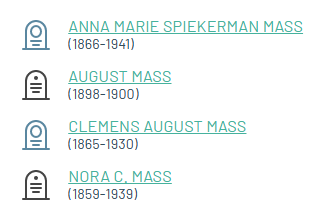
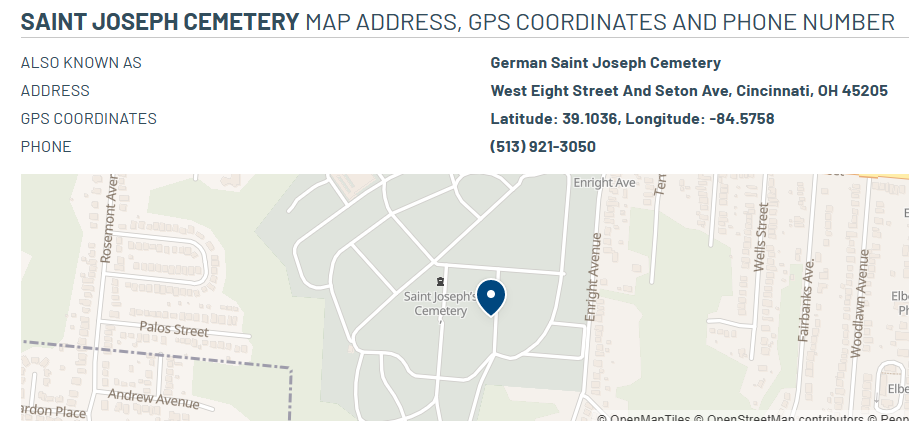

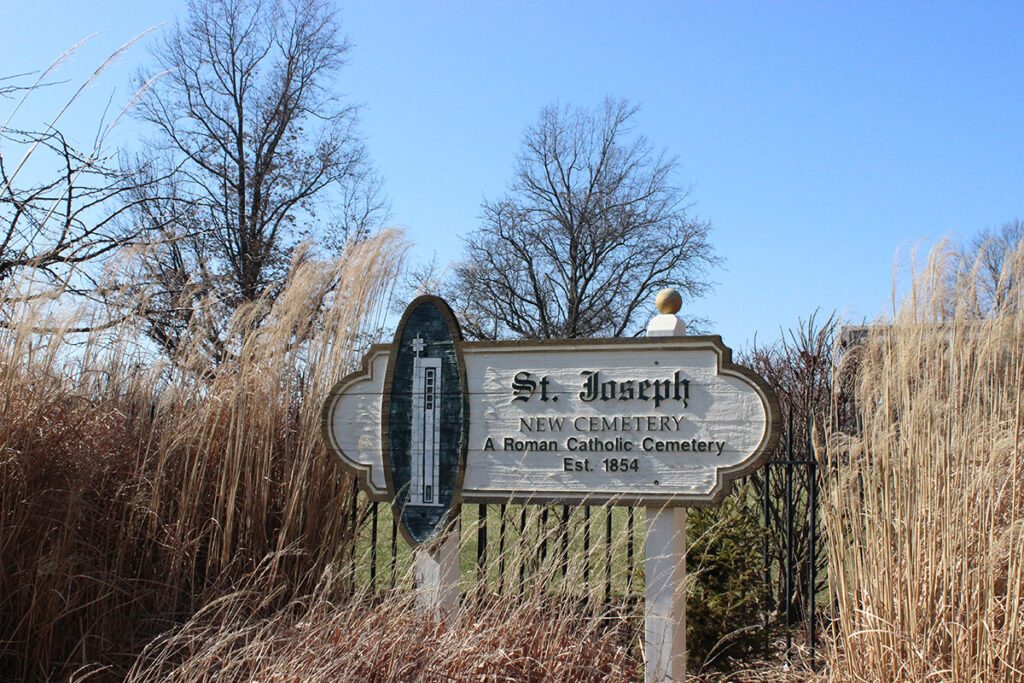
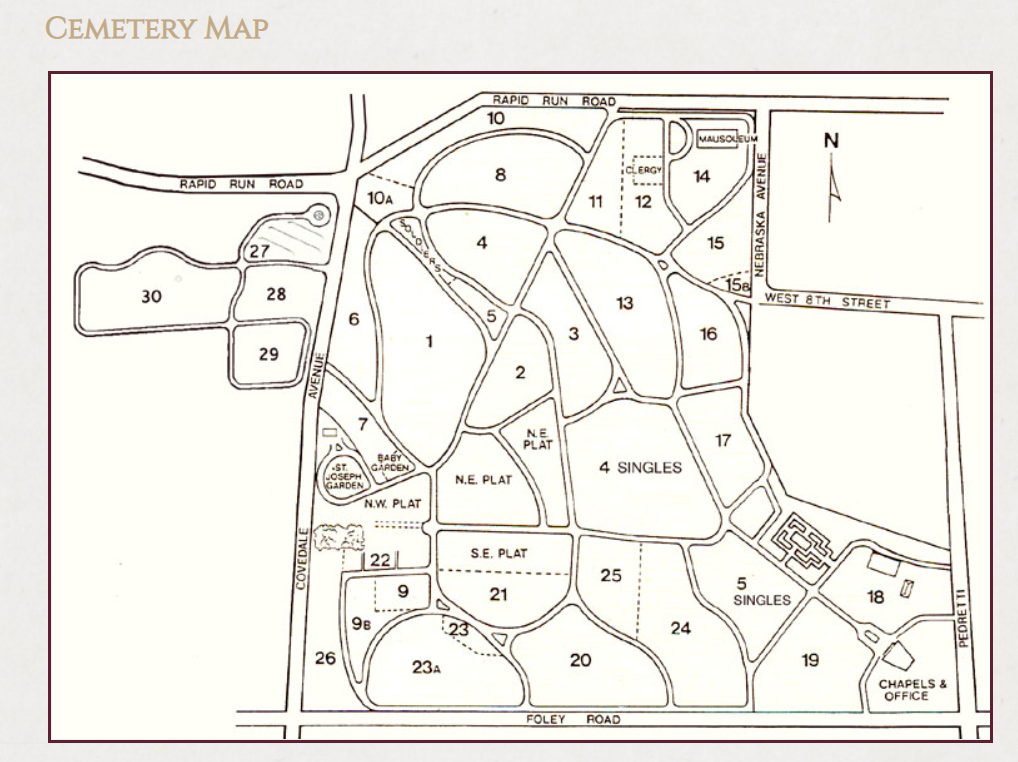
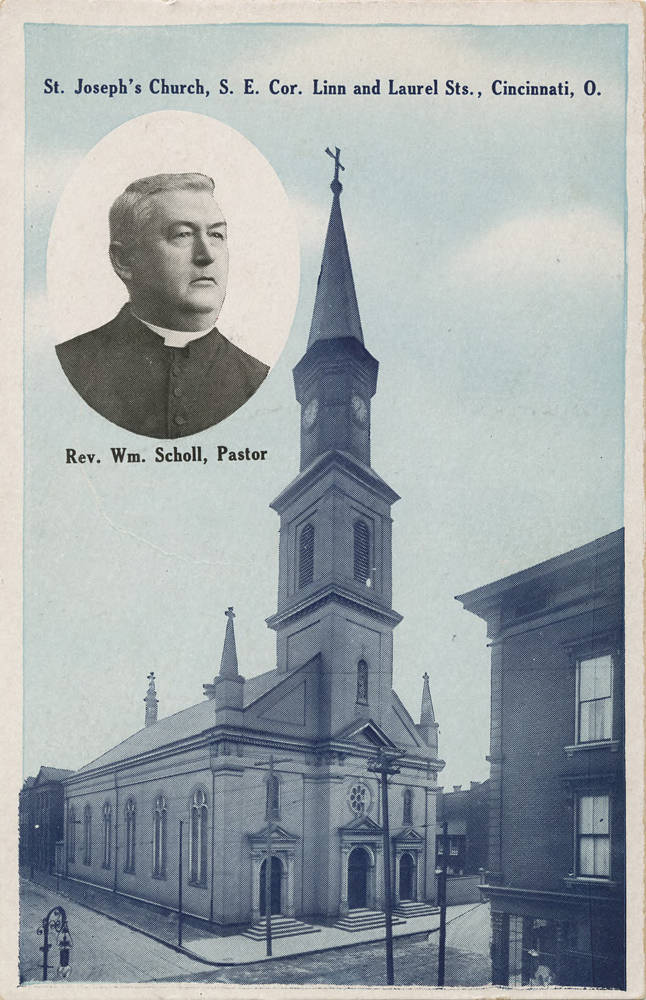
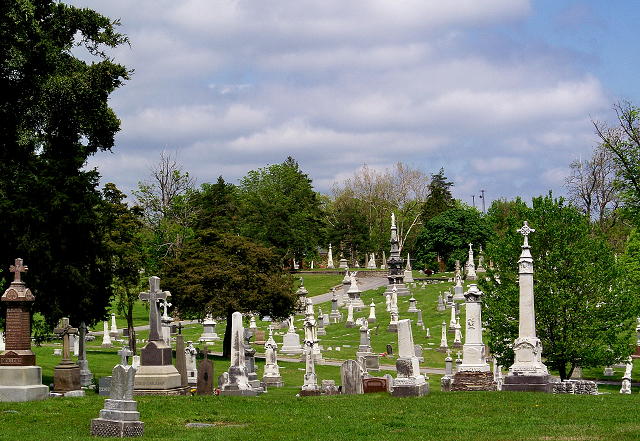
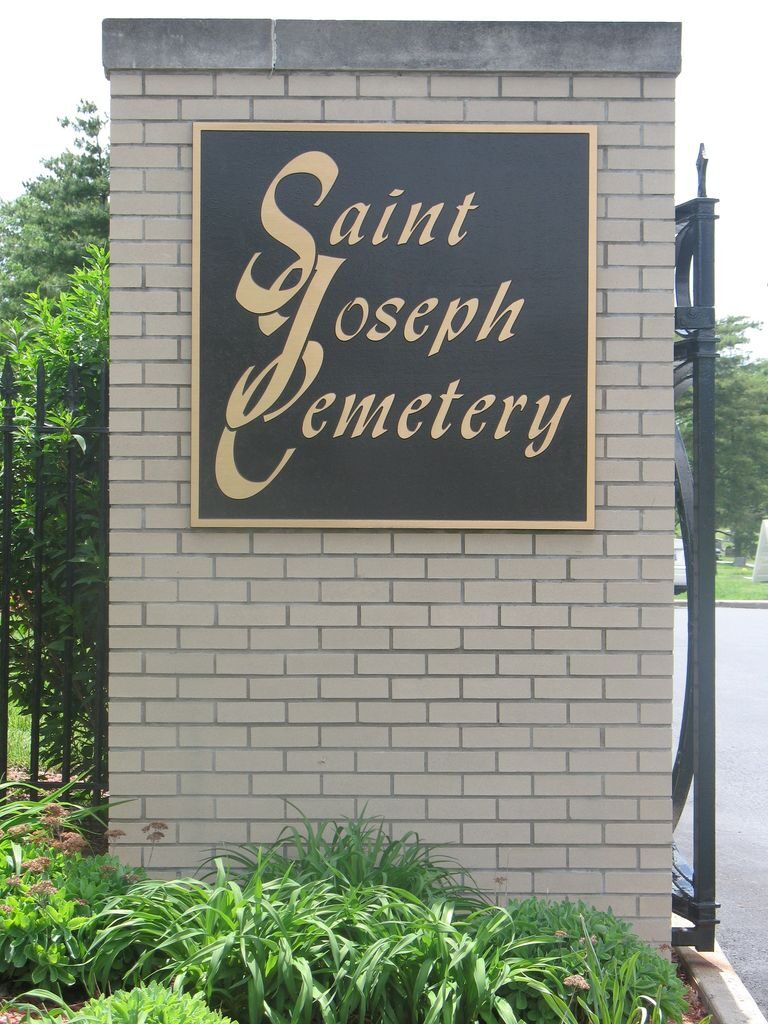
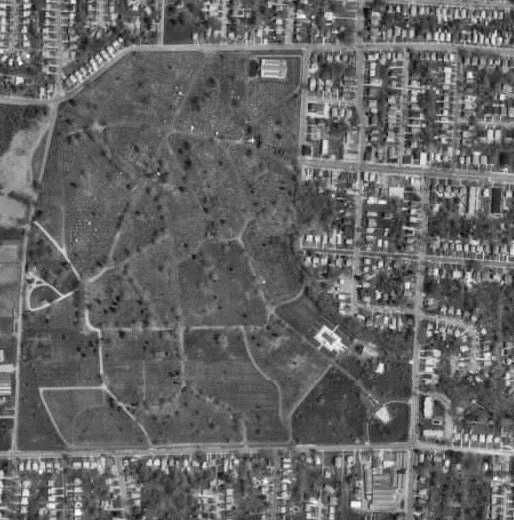






Interact with us using Facebook